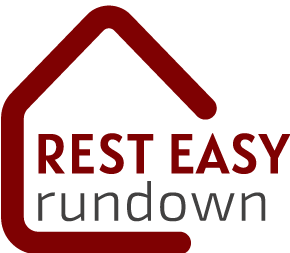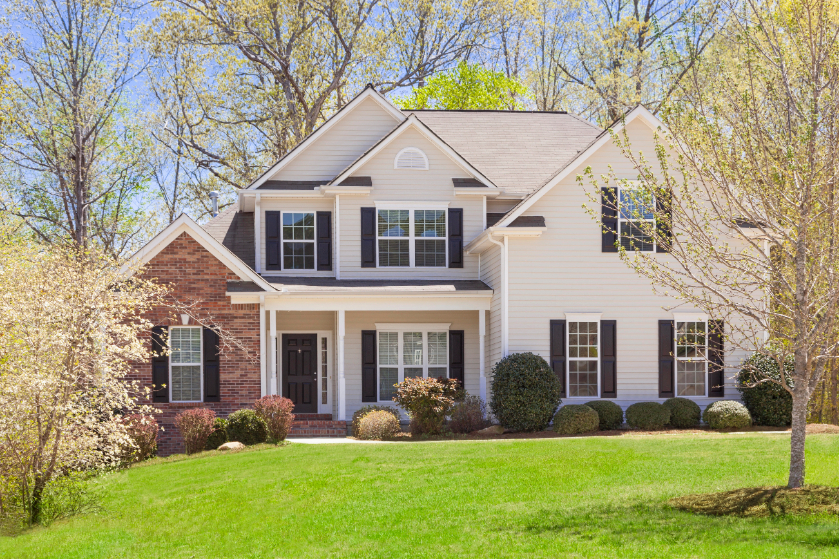
Coverage can vary greatly as budget rate policies will often be less comprehensive than some of the higher priced policies. Policies will often exclude coverage from flood, earthquakes, landslides, sinkholes, pest infestations, power failure or non-occupancy. Personal property, like cash or expensive collectibles/antiques can be capped are coverage amounts far below the real world value of the loss. It’s critical to know what budget rate policies cover and exclude before deciding what provider to use. Some policies use actual cash values to payout, meaning the depreciation of the asset is accounted for in paying a reduced claim, versus replacement cost to cover the cost of a new replacement. Higher deductibles usually mean lower premiums, but of course mean paying more out-of-pocket to satisfy the deductible if something does happen down the line. If the property is in an area with high occurrences of natural disasters, such as the beach, the exclusions or limitations on coverage may be even more restrictive.
Many consumers look for the best bargain when shopping for goods or services in everyday life, and justifiably so. Just keep in mind, the best bargain in many instances may not equate to lowest price. When shopping for homeowners insurance look at what will and will not being covered while asking questions to the quote provider. Research the ratings given to different insurance companies. Doing your due diligence will usually get you more bang for your insurance buck than just picking the lowest quote.


